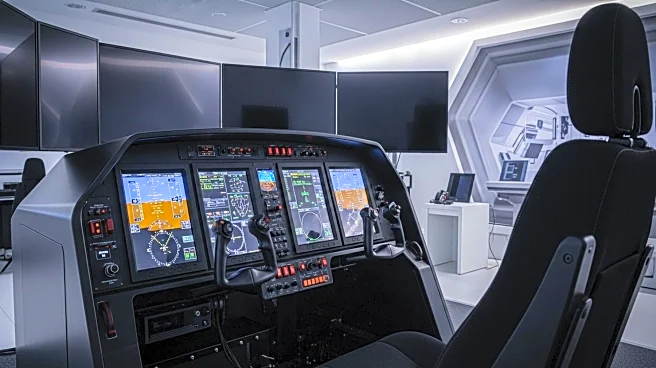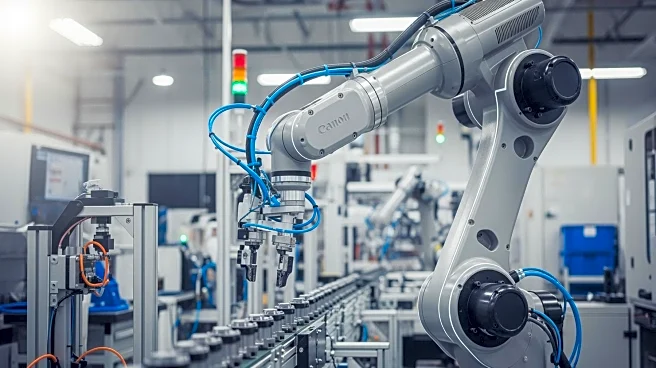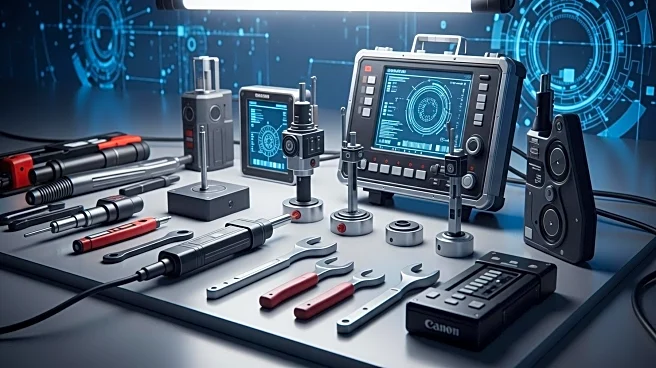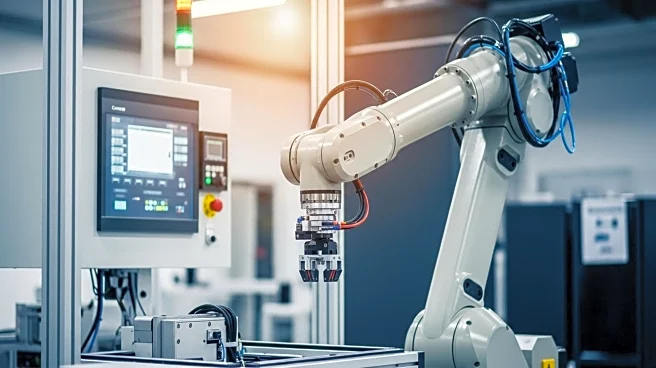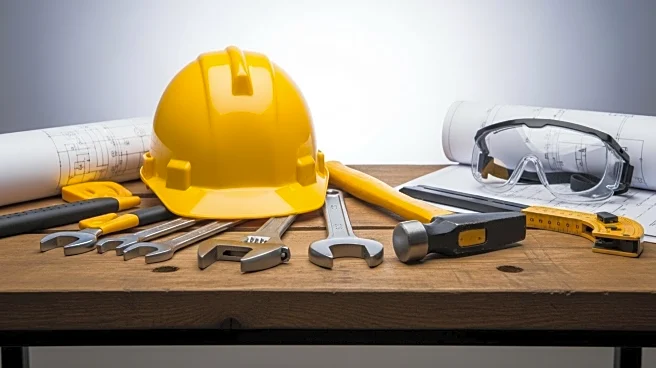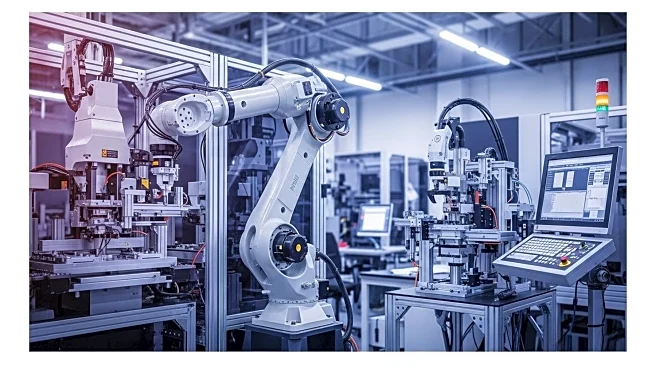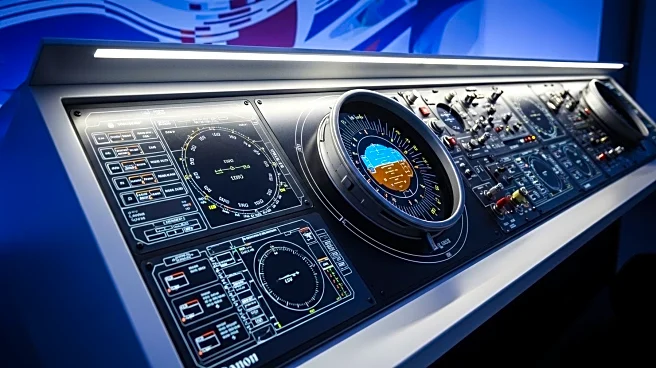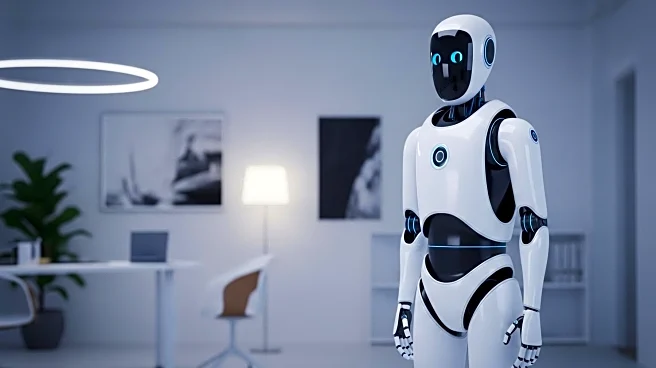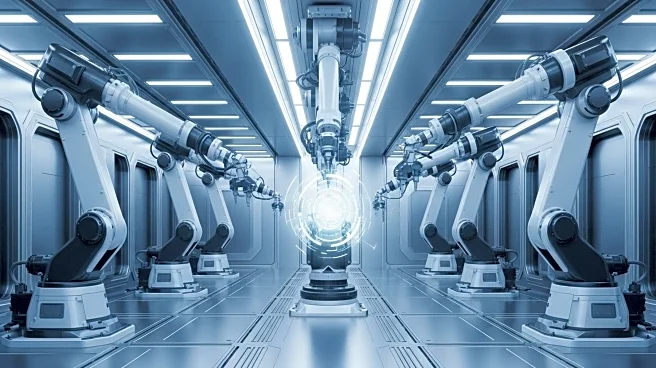What's Happening?
CAE is implementing new flexibility and digital tools in its aircraft maintenance technician training programs to address the growing demand for skilled personnel in the business aviation sector. According to the 2025 CAE Aviation Talent forecast, there will be a need for 69,000 aircraft maintenance personnel by 2034. The industry is facing challenges as a significant portion of technicians, between 20% to 40%, are over the age of 55, which reduces the number of experienced mentors available for new hires. To adapt to these changes, CAE is introducing an online booking platform that allows customers to schedule training slots, enhancing accessibility and efficiency in training processes.
Why It's Important?
The modernization of CAE's training programs is crucial for the business aviation sector, which is experiencing workforce pressures due to an aging technician population and evolving learning environments. By integrating digital tools and flexible training options, CAE aims to ensure a steady supply of skilled technicians, which is vital for maintaining aircraft safety and operational efficiency. This initiative not only supports the industry's growth but also addresses the need for a new generation of technicians who can adapt to technological advancements and changing industry standards.
What's Next?
As CAE rolls out these enhancements, the industry may see increased collaboration between training providers and aviation companies to further refine training methodologies and address specific workforce needs. The introduction of digital platforms for training bookings could lead to more personalized and efficient training experiences, potentially setting a new standard for technician education in the aviation sector. Stakeholders, including aviation companies and educational institutions, are likely to monitor the impact of these changes closely and may consider similar adaptations to their training programs.
Beyond the Headlines
The shift towards digital and flexible training solutions reflects broader trends in workforce development across various industries, where technology is increasingly used to bridge skill gaps and enhance learning experiences. This approach not only prepares technicians for current industry demands but also equips them with the skills needed to navigate future technological advancements, fostering a culture of continuous learning and adaptation.
